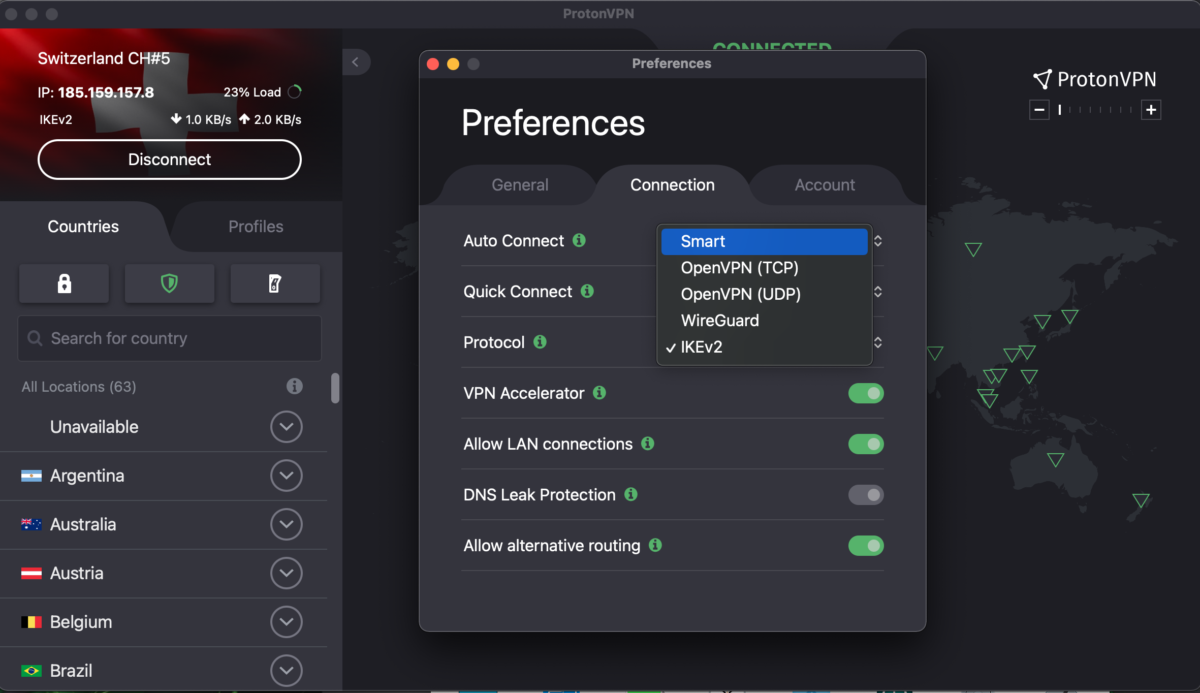

But it doesn’t change the working method of the TCP protocol. The answer is NO, you still can’t play real-time or multiplayer games with a TCP mechanism because NoDelay feature only solves the delay issue of the pending data at the start. Now you can play multiplayer games with a reliable protocol, right? You can solve this issue with the NoDelay feature that makes TCP release all data without waiting for a specific time. Suppose you got into this situation while playing a real-time game, where you will need to input data as fast as possible, but you just cannot do this because of the TCP’s pending issue.

If somehow it receives small data it may wait for more data to come in the queue to make a packet. When TCP find out that enough data is pending in the queue, it breaks them into packets and then releases. It can be a big problem for those who play multiplayer or real-time games. While transferring data TCP breaks the data into Packets and sends it to the machine which is on the other terminal. TCP and UDP protocols do a similar task, but in different mechanisms where TCP is the most reliable protocol that makes sure your data reaches its destination. You should include your checksum because you cannot depend on this default checksum since it does not provide the required protection. When data is traveling at a fast speed, you cannot trust a 16-bit checksum. It might become an advantage if it is not a 16-bit checksum which is useless. You must be thinking then this may be an advantage, right? UDP offers 16-bit checksum function which is an algorithm to find out the errors and also verify the data integrity. UDP protocol also does not provide any guarantee of the ordering of the data, this protocol does not reorganize the disordered data, and most of the time the receiver gets random data. Since it is an unreliable protocol, generally 1 to 5 percent of the data get lost on the path, and there are times when 0 percent data will reach the final point. UDP protocol provides a thin layer of protection over your IP address and sends the data one by one to the destination server. You can say that it is the prime reason why people prefer UDP over TCP. UDP offers simple features to the users, yet it is faster than TCP protocol. Like you can merely use UDP protocol for watching videos online or for video chatting and so on. If your data lost while transferring and you are using a UDP connection, then it may not be a huge concern for you if you don’t require a reliable connection. Since a UDP protocol does not wait for any confirmation signal nor resend any data it sends the traffic at a less time than TCP. You must be thinking, then what is the use of this protocol?Įven it is unreliable compared to the TCP still it can serve you with high speed. That means it passes all data one by one and the data travels through various servers on its way and sometimes it is lost and can’t able to reach the final point. Unlike TCP, UDP protocol transfer data without waiting for any confirmation signal.

OPENVPN TCP VS UDP FULL
UDP is often called by Stateless Protoco l, and the full form is the User Diagram Protocol. TCP protocol reduces connection speed at a great instant there are mainly two reasons behind this problem.įirst of all, this protocol waits for the confirmation, and that’s why it spends some valuable time.Īnother reason is, the protocol resend all lost data packets, and those packets travel more path than a usual data does, and it makes the connection speed slower. Hence, there is a disadvantage that can affect your connection speed badly. TCP ensures the reliability, and that’s why it is used by the businesses like VPN vendors and ISP. Suppose in the path if one packet becomes twice TCP will remove the 2nd one and transfer only one. There are some other benefits of using a TCP protocol such as it sends all the data packets in right order also it discards the extra data packets before reaching the final point. That’s great because this working method will make your internet connection more stable as well as reliable. If the TCP do not get any confirmation signal, then it assumes that the data packets had not arrived at the destination point and that’s why it resends the same packet again. Now you will understand how this protocol ensures the proper transferring of user's data over the internet. First of all, you need to know that, TCP breaks your data into packets before transferring them and it waits for a confirmation signal before sending the next packet.


 0 kommentar(er)
0 kommentar(er)
